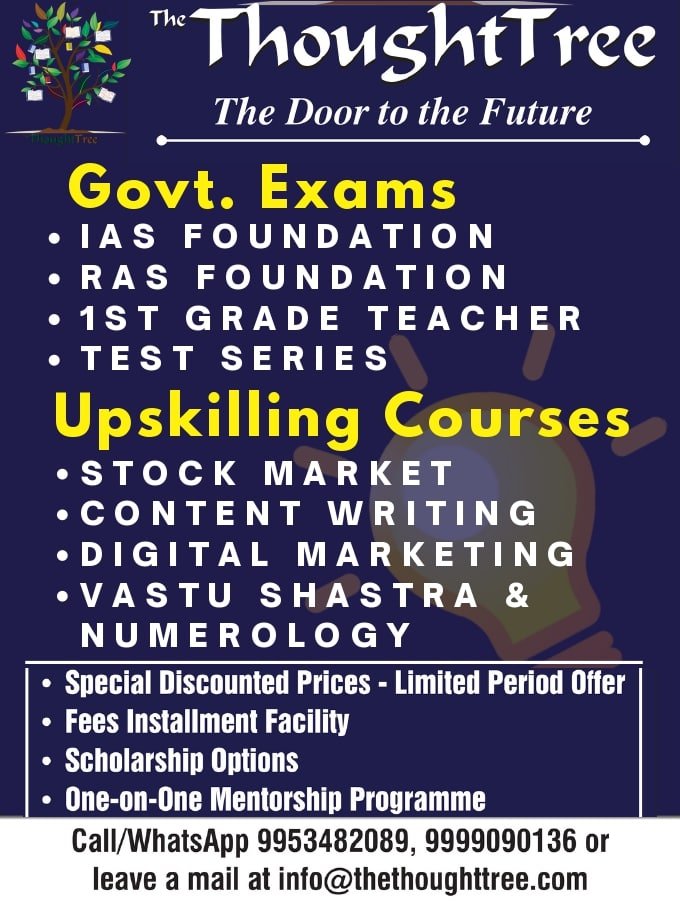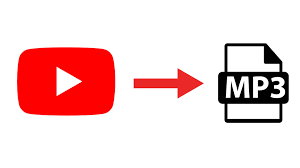A well-written resume is an overview of your work experiences that highlight your top skills and abilities for the job you’re applying for. If you’re looking for a job position after your graduation or seeking an internship, or searching for an opportunity to work while finishing your studies, writing your college or university resume is the most effective method to showcase your talents and knowledge to employers.
In this article, we’ll go over seven steps to write your resume for college or university students and also provide an example resume that you can take as a reference when designing your personal.
[miscellaneous_cta]
How do you write a college resume?
Employers usually look at many applications for every job opportunity and spend a limited amount of time reviewing every resume. The simpler your resume is to read, the better you will attract interest and make them think about your resume. Follow these steps to create your student resume
1. Select a format to use for your resume as a student
Resumes should be able to fit on one page and include clear headers that direct readers to the most crucial details. The majority of employers and recruiters will pay attention to the following sections of a resume:
- Contact information and name
- Educational and professional achievements
- Employment and history
- Skills and experience relevant to your job
The most effective resume formats are organized and contain only the most important information, and should make the best use of space to reduce excessive clutter. For a resume that is easy to read pick a format that lets you highlight the skills that are relevant to the job description. If your resume contains lots of blank spaces, think about adding additional sections that might be useful to employers such as specific awards and achievements, or personal interests.
When creating your resume for university students ensure that the resume is tailored to the needs of the job. Highlight the strengths and features of your educational experience that employers will find important. By highlighting your most impressive qualities and highlighting your achievements you’ll leave a lasting impression as a reputable candidate.
2. Include contact information for your resume
The first thing prospective employers will see in your resume is the upper-right corner of your resume. It should include names, and contact details as well as an address to your professional profile or website if there is one. This section must include:
- First and last names
- Province and city
- Current phone number
- Professional and current email address
The name of your contact should appear as the biggest title on the webpage, along with your contact information in a smaller font right below it.
3. Create an objective or a brief statement.
The statement, sometimes referred to as an objective statement for career statement, resume summary, or objectives statement is typically comprised of one to two sentences that outline your goals in the short term for your career and the reason you’re looking for employment. The objective statements should be concise and focus on your work-related experiences as well as your current abilities. Limit this section to 50 words. You can find more information and examples on StudyCrumb.
4. Include a section on education
The section on education will show employers that you’re developing techniques that can be applied to your job. Think about including your education section as the primary section of your resume.
While the subjects you’re studying might not be relevant to your professional life Your dedication to learning is a sign of a determination to keep improving and demonstrate an impressive character. Make sure to include the most relevant classes you’ve taken as well as your average academic grade and your most important areas of study. The section for education should contain:
- The name and address of your school
- The level of study you’re pursuing (if relevant)
- You are the field(s) of research
- Year of graduation (if appropriate)
- Academic grade (Note That you might not be able to include this in your report if it’s not over 80percent)
- Honors, academic acknowledgment, coursework, or other accomplishments you have earned during your studies
5. Add in work experiences
It’s not necessary to limit your experience to jobs that pay. If you’re just beginning to get into the workforce and don’t have a lot of jobs to show you can include volunteer work such as internships, extracurricular events, and internships. These opportunities can demonstrate that you have the capabilities to get the job you’re applying for. In particular, your position as captain of the sports team shows leadership skills while your time as the chairperson of a student club demonstrates organizational abilities.
If you’ve had employment experience with a pay rate or internships, write them down first, beginning with the name of the business, its address along with the year(s) you worked. Provide 2-3 bullet points that highlight your accomplishments using action words during your time at these positions. Be sure to include any achievements you have had in numbers when you can.
6. List relevant skills
If an employer reads the resume of a candidate, they’re trying for reasons to see why you’d be an excellent member of their team. Highlighting your abilities will help show your potential in the position. You should include a mix of hard abilities (i.e. the skills you have learned from training and experience, such as software and foreign language) and soft abilities (i.e. personal characteristics and abilities you can apply to any job such as solving problems and managing time).
If you’re having difficulty identifying the skills you should include then ask yourself these questions:
- What successes and accomplishments have you had? What characteristics, skills, or capabilities helped you accomplish it?
- What do your family members, friends, or your classmates believe you possess?
- Are there any particular characteristics or expertise that professionals in the field that you’re applying to frequently possess? Do you also have these?
7. Make sure you proofread your resume
Check your resume’s spelling and grammar before uploading it to the internet and sending it to your prospective employer to ensure that you have corrected any errors or awkward phrasing. You can find many free grammar checker tools on this website Studybounty. You should read your resume out loud several times to ensure every section flows smoothly.





